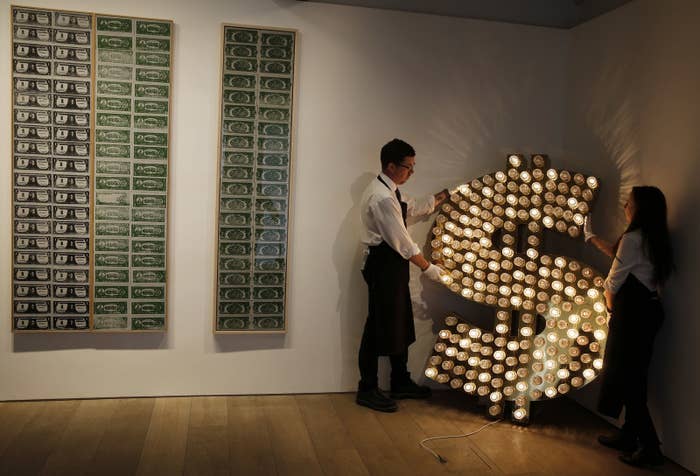
Almost immediately after the Federal Reserve raised its benchmark interest rate yesterday, the big banks followed suit, bumping up the interest rates they charge on credit cards, home equity loans and other kinds of borrowing.
That's exactly how it's supposed to work: The Fed uses its influence over interest rates as a tool to manage the cost of borrowing, making loans a little bit cheaper, or more expensive, depending on the state of the economy.
While the Fed's rate increase swiftly makes its way to your credit card bill, it's less likely to show up as higher interest being paid on your bank deposits. Today, most savers are lucky to get more than 0.2% interest on a six-month certificate of deposit at their bank, while back in 2005, prior to the financial crisis and decade of low interest rates that followed, it would have been more like 2.4%.
But the Fed has now risen rates three times since December 2015, and interest rates on savings have barely moved.
Why? In short, because banks want to be more profitable, and they'd rather boost their earnings than compete for customers with other banks by offering higher interest rates on savings.
The money that banks earns from taking in deposits and lending out money shrinks when interest rates are low, and rates sat near zero for almost seven years after 2008. That period crimped the profitability of old-fashioned banking: the net interest margin for US banks — the profitable gap between the interest rate they can charge on loans and what pay out on deposits — fell from 3.8% after the financial crisis to 2.95% in early 2015, according to Fed data.
Ever since the Fed began raising interest rates in late 2015, banks have jumped at the chance to charge more on borrowings. The average interest rate on credit cards has climbed from 15.8% in December 2015 to 16.3% today, and a 30-year fixed mortgage has climbed from 3.95% to 4.21%, according to data collected by Freddie Mac.
Making more money from credit cards and mortgages, without having to pay out more on people's savings, is a recipe for higher profits. "Banks and financial institutions have much more direct control over what they’re paying on deposits," said Greg McBride, Bankrate's chief financial analyst. "It's an opportunity to breathe a bit of life in to that margin."
A small change in that margin can mean big money for Wall Street. Prior to the latest rate rise, Bank of America's finance chief, Paul Donofrio, estimated the company stands to make an extra $600 million in net interest income in the first three months of 2017, based on prior rate rises.
"From there, we would expect continued growth in 2017, assuming modest loan and deposit growth and stable short- and long-term interest rate," he said on an earnings call in January.
The Fed has signalled it's likely to raise rates twice more this year.
